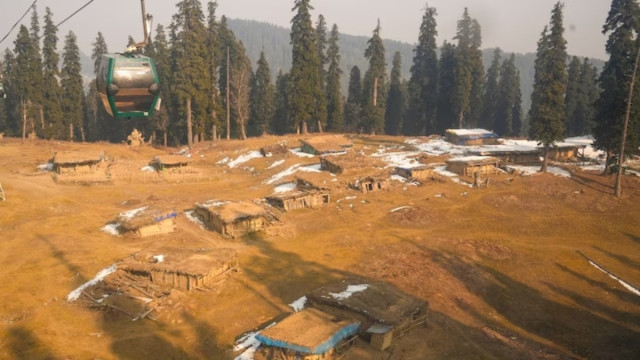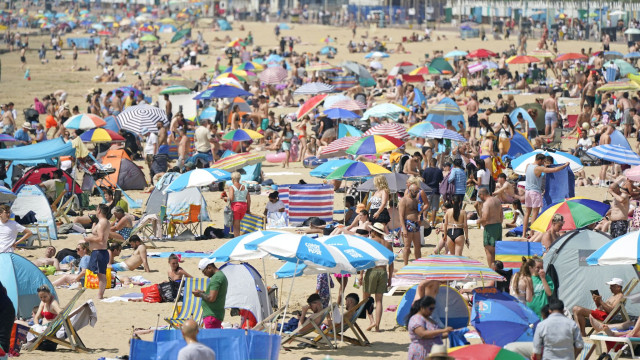IMD Reports Jammu and Kashmir's Driest, Warmest January in 43 Years
- Posted on February 8, 2024
- Weather
- By Arijit Dutta
- 252 Views
In January 2024, Jammu and Kashmir experienced its driest and warmest conditions in 43 years, with minimal snowfall and elevated temperatures. IMD's data highlighted this anomaly, emphasizing its impact on various regions, including Srinagar and Jammu.
 Image Source -www.indiatvnews.com
Image Source -www.indiatvnews.com
In
January 2024, Jammu
and Kashmir witnessed an unprecedented climate anomaly, as reported by the
IMD. The on typically blanketed in snow during December and January,
experienced an unexpected absence of snowfall. Instead, it encountered
remarkably dry and warm conditions, deviating significantly from its usual
weather patterns. The Meteorological Centre Srinagar's data highlighted this
extraordinary occurrence, marking it as the driest and warmest January in 43
years for Jammu and Kashmir.
Srinagar,
the winter capital, particularly felt the impact of this unusual weather
phenomenon. Data revealed that January 2018 recorded the lowest precipitation,
with a mere 1.2 mm of rainfall or snowfall. Comparatively, January 2024 saw a
meagre 3.0 mm of precipitation throughout the month. The mean maximum temperature
(Tmax) over the Srinagar station for January stood at 11.9 degrees Celsius,
reflecting the warmth that enveloped the region. In contrast, Gulmarg in north
Kashmir recorded a Tmax of 5.7 degrees Celsius, while Banihal in Ramban
district experienced 16.9 degrees Celsius.
Jammu city, too, felt the impact, registering its lowest mean maximum temperature for January in over four decades. Conversely, the plains of Jammu, including Jammu, Samba, and Kathua, experienced comparatively milder conditions. The IMD's observation underscored the unprecedented nature of January 2024, emphasizing its status as one of the driest and warmest in 43 years.
Also Read: ED Confirms Link Between Hemant Soren, Congress' Dheeraj Sahu In Rs 351 Crore Seizure: Sources
The
mean maximum temperature in Jammu for January plummeted to 13.4 degrees
Celsius, a record low since 1983. Meanwhile, the mean minimum temperatures
across various stations in the region depicted a diverse picture. Srinagar,
Jammu, Gulmarg, and Banihal experienced mean minimum temperatures of minus 3.2
degrees Celsius, 5.5 degrees Celsius, minus 3.9 degrees Celsius, and 0.1
degrees Celsius, respectively. Particularly noteworthy was Gulmarg's mean Tmin,
which stood out as one of the highest in 43 years.
In conclusion, the peculiar weather patterns observed in Jammu and Kashmir in January 2024 serve as a stark reminder of the unpredictable nature of climate change. This anomaly prompts a closer examination of environmental factors and their implications for the region's ecosystem and inhabitants.



